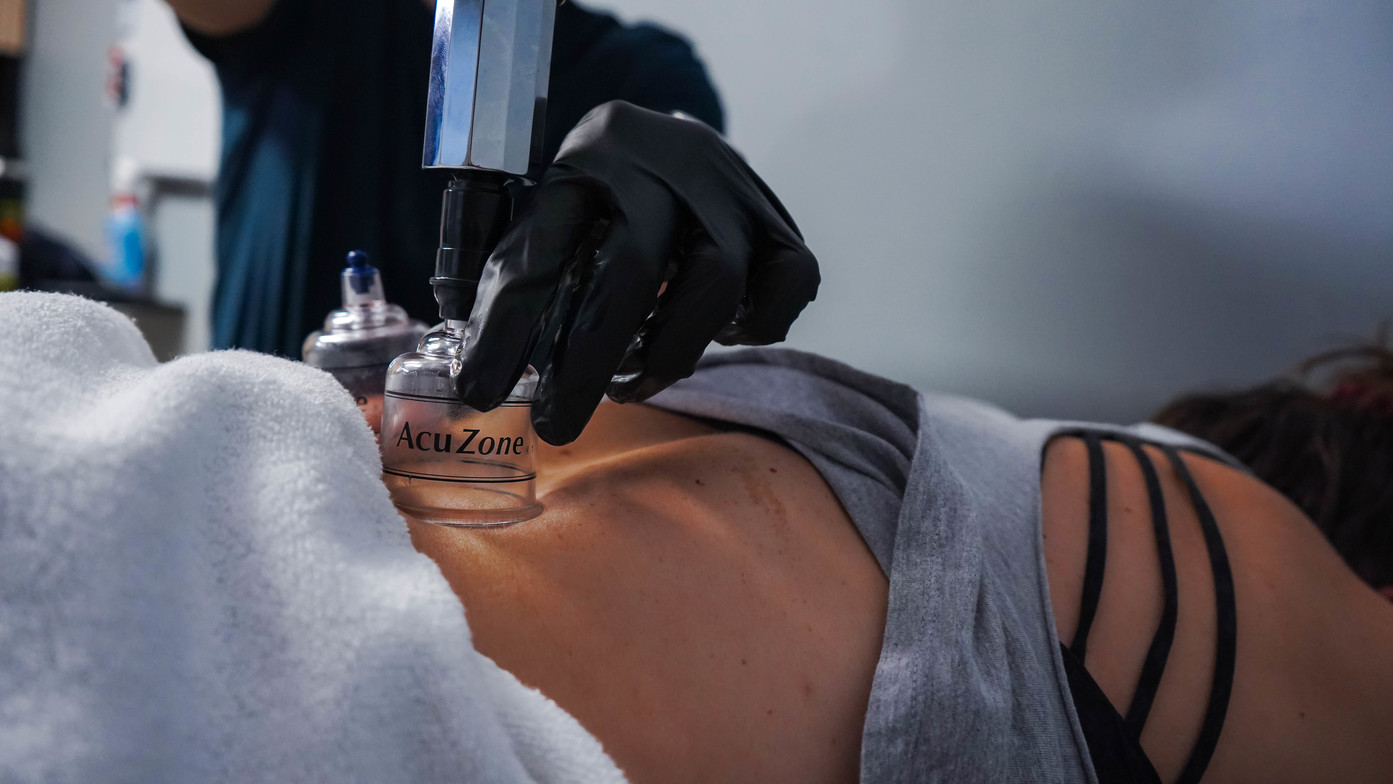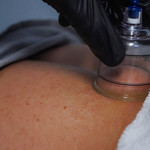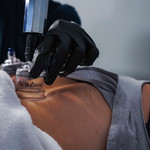Myofascial decompression, widely known as cupping, is a therapeutic technique that blends traditional practices with modern science to help athletes and active individuals recover faster, reduce pain, and enhance mobility. This unique approach uses negative pressure to lift soft tissues, releasing tension and promoting healing in ways that complement active lifestyles.
What is Myofascial Decompression?
Cupping involves placing silicone or glass cups on the skin, creating suction that gently separates the layers of soft tissue. This decompression effect allows for improved circulation, reduced tightness, and better fluid exchange in the affected areas.
How It Works:
- The suction increases blood flow, delivering oxygen and nutrients essential for muscle recovery.
- Decompression reduces tension in the fascia, the connective tissue surrounding your muscles, which can become tight and restricted through overuse or injury.
- By stimulating lymphatic drainage, cupping helps flush out toxins and waste products from tissues, accelerating recovery.
Benefits of Myofascial Decompression
Cupping is an excellent tool for athletes and fitness enthusiasts looking to maximize recovery and performance. Its benefits include:
- Improved Range of Motion: Decompression releases tight spots in muscles and fascia, enhancing flexibility and functional movement.
- Pain Relief: By reducing inflammation and loosening adhesions, cupping alleviates discomfort in areas such as the neck, back, shoulders, and hips.
- Enhanced Recovery: Increased circulation promotes faster muscle repair, helping you bounce back stronger after intense workouts or competitions.
- Better Tissue Hydration: Improved blood flow keeps muscles and fascia hydrated, reducing stiffness and improving overall tissue health.
Combining Cupping with Movement
At Gray Performance Physio, we often pair cupping with gentle stretching or dynamic movements to amplify its effects. This active approach ensures that the benefits translate directly into improved performance and movement patterns, allowing you to train harder and recover smarter.
Conditions Treated with Myofascial Decompression
Cupping can address a wide range of concerns, including:
- Muscle soreness from intense training sessions.
- Chronic conditions such as neck and back pain.
- Mobility restrictions caused by adhesions in the fascia.
- Recovery from overuse injuries like tendinitis or IT band syndrome.
What to Expect in a Cupping Session
A typical session begins with a thorough assessment of your pain points and mobility limitations. Cups are applied to the target areas, creating a gentle pulling sensation. Some patients experience temporary redness or marks, a sign of increased circulation, but there’s little to no downtime required. Sessions can be customized for relaxation or combined with active rehabilitation for more dynamic results.
Why Athletes Choose Cupping
For athletes and active individuals, myofascial decompression is more than just recovery—it’s a way to improve how your body moves and feels every day. By addressing both pain and performance, cupping helps you stay on top of your game while reducing the risk of injury or burnout.
At Gray Performance Physio, we integrate myofascial decompression into a holistic recovery plan tailored to your needs. Whether you’re preparing for a big competition, recovering from an injury, or simply looking to improve your mobility, cupping is a game-changer for active bodies.
Let us help you move freely, train harder, and feel better—schedule a session today!
Would you like more information about how cupping fits into a comprehensive recovery and performance strategy? Let us know!



.jpg)




.jpg)
.jpg)

